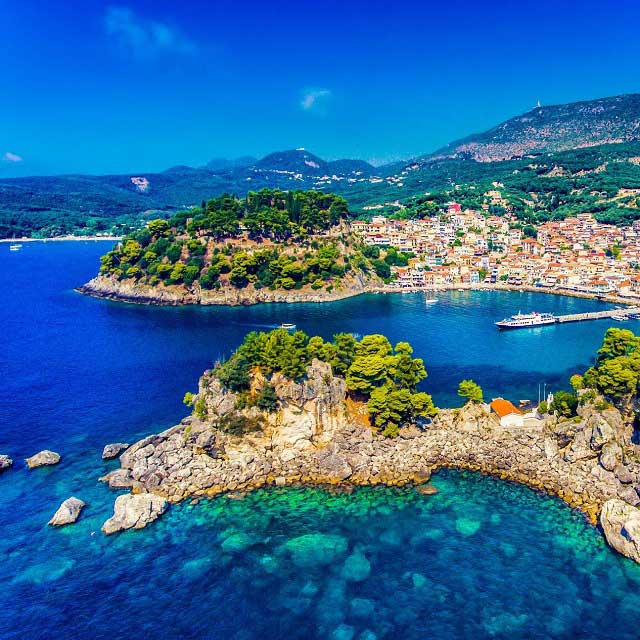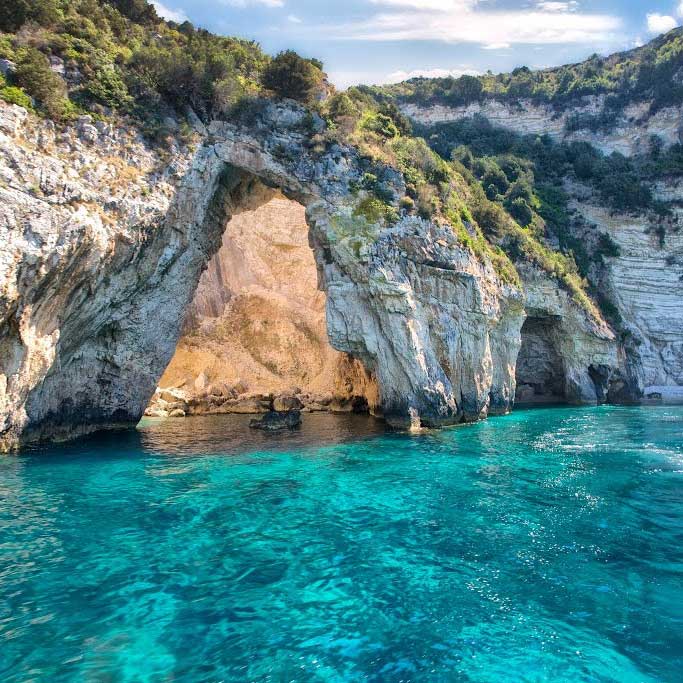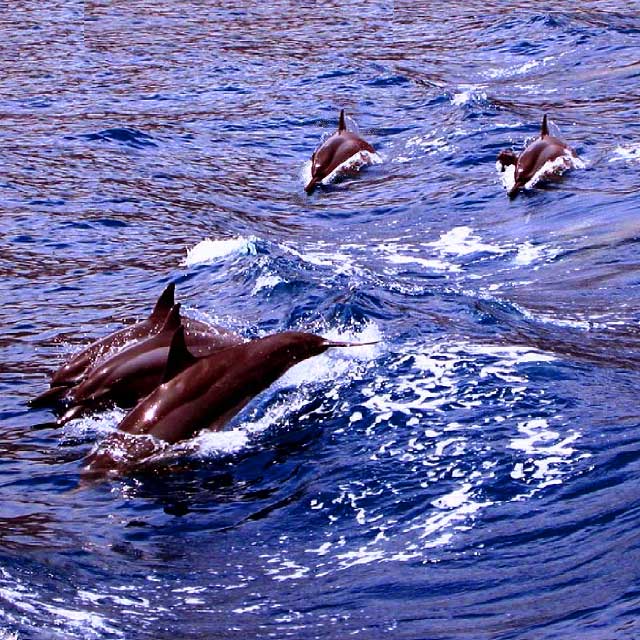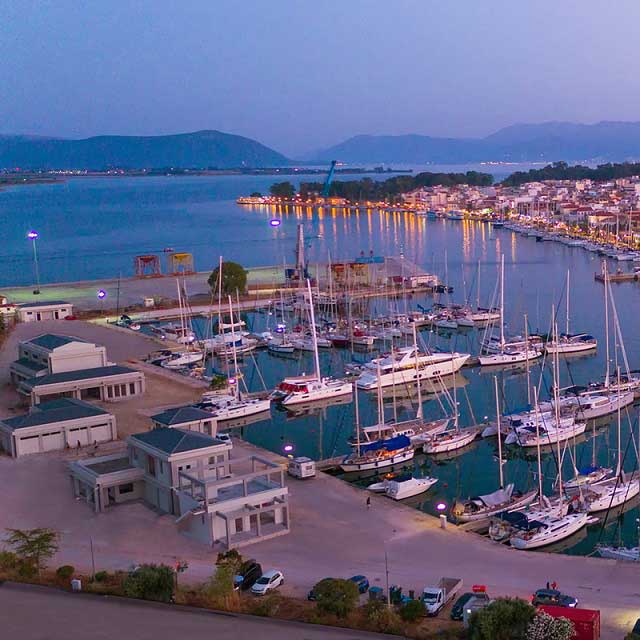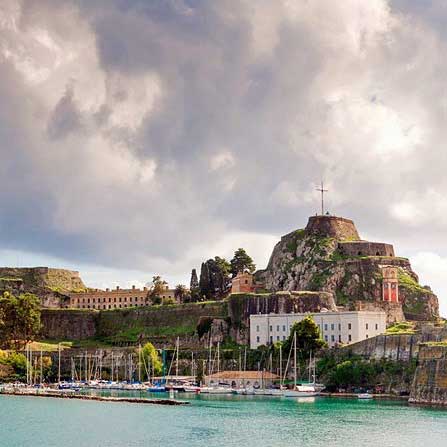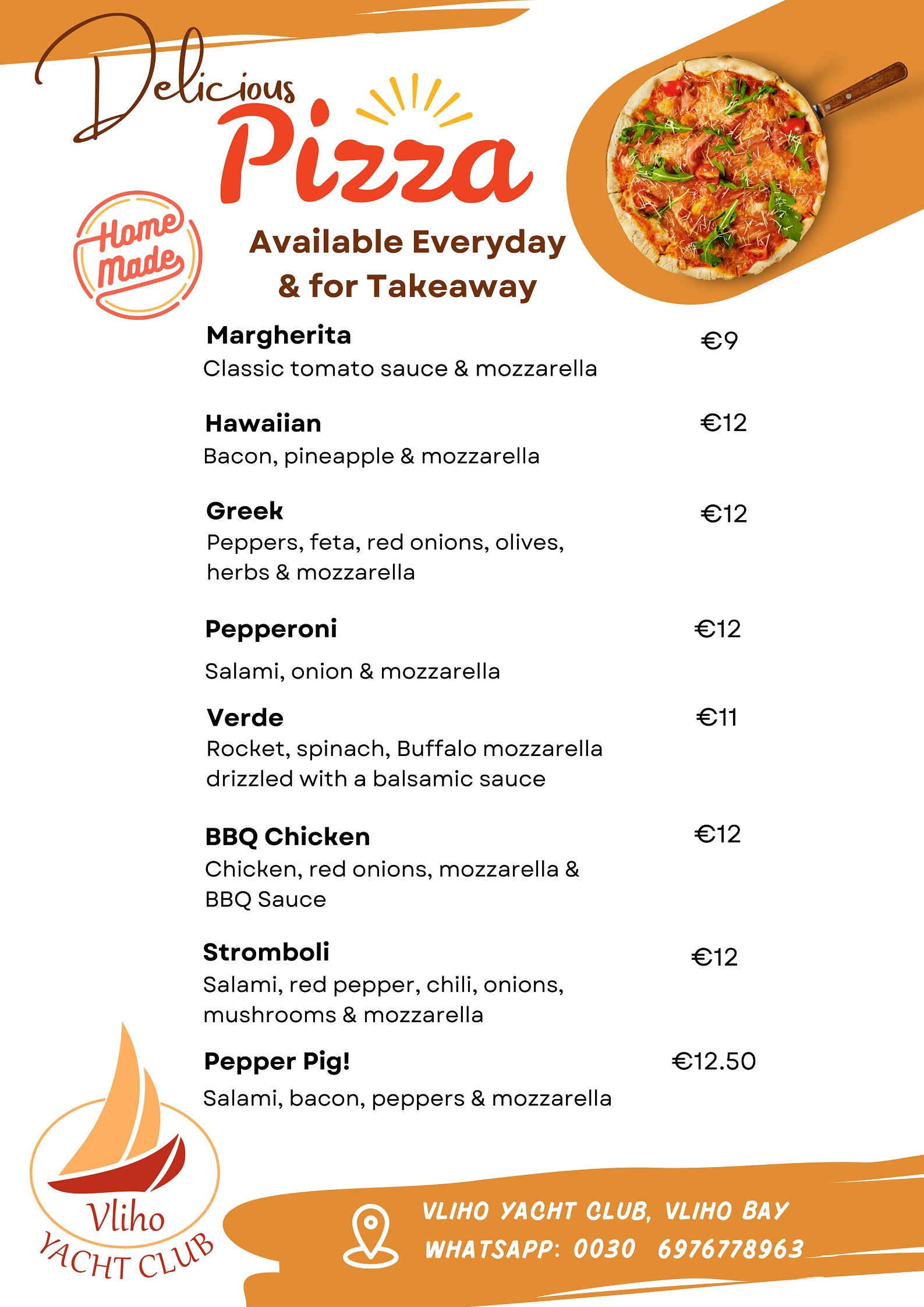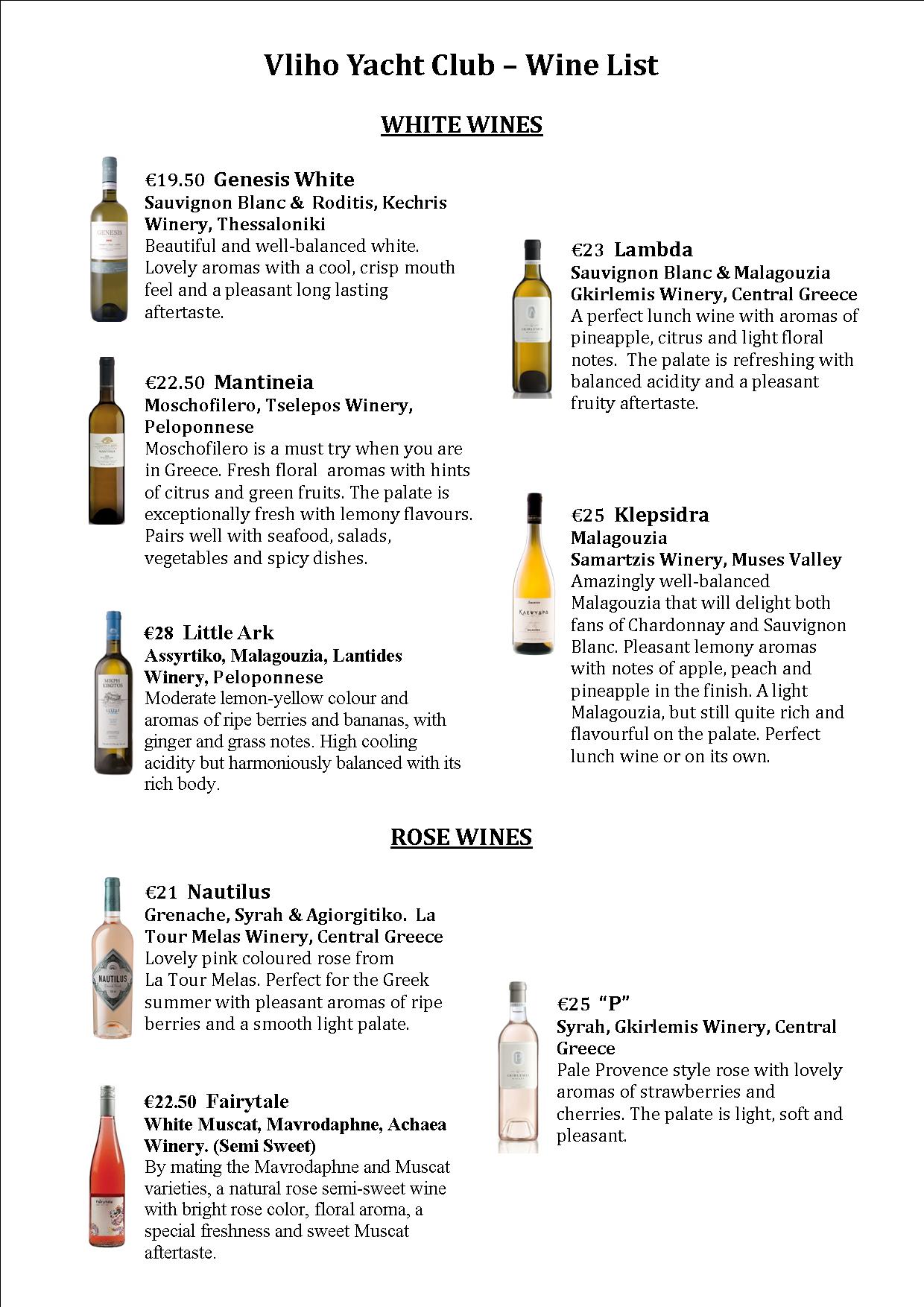Terms and Conditions.
Hereafter Ruairi Bradley operating under
Vliho Yacht Club will be referred to as “the company.”
Gardiennage – Conditions of the vessel.
The vessel must be in good working order and left in a seaworthy condition.
Written instructions should be left onboard with relevance to the engine starting and stopping procedure, location of battery switches, windlass operation and windlass trip switch.
Any faults or special requirements with the boat should be recorded with the office in writing.
The owner shall take all necessary precautions against the outbreak of fire on his vessel.
The Company reserves the right to move any vessel, gear, equipment or other goods at any time for reasons of safety and security or good management of our business and premises.
Office requirements.
The vessel must be insured and have all necessary papers to be legal in Greek waters.
A copy of the boat papers should be filed with the office.
The owner must notify the office of their return date and time prior to their arrival.
Access keys to the vessel must be left with the office.
If any work is to be carried out whilst you are away. A work list must be submitted to the office either in person or via email.
Indemnity.
The company is acting as a guardian of your vessel and the company will do their utmost to prevent any harm or damage occurring to your vessel, as long as it does not put human life in danger.
In the event of damage or theft to the vessel. It is the responsibility of the owner / insurer of the vessel.
Payments to the Company.
Long Term Contracts – Invoices and statements will be issued on a monthly basis.
Short Term Contracts – Invoices will be issued at the end of the contract.
In the absence of express agreement to the contrary, our price for work shall be based on labour and materials expended and services provided.
A 50% deposit is required prior to the commencement of work.
Unless otherwise agreed between us, payment for all works, goods and services shall be due immediately on the invoice date. Payment shall be deemed to have been made when we receive cleared funds.
In regards to outstanding invoices, the company reserves a general right (“a general lien”) to detain and hold onto the owner’s vessel or other property pending payment by the Owner of any sums due to the Company.
If the Company is exercising its’ right of detention, it shall be entitled to charge the owner at the company’s standard rate for the duration of the detention and until the vessel or property has been removed from the company.
In respect to any queries arising from the invoice, the office must be notified in writing, in order that the issue can be investigated.
In the event of a query on an invoice, payment is expected for all sections of the invoice not in question.
Prices and estimates.
We will exercise skill and judgment when we give an estimate or indication of price. However, such estimates are always subject to the accuracy of information provided by the customers or by the Company and are usually based only on a superficial examination and will not include the cost of any emergent work which may be necessary to the vessel, gear or equipment nor the cost of any extensions to the work comprised in the estimate.
We will inform customers promptly of any proposed increase in estimates prices and the reasons for it and will only proceed with the work or supply with the approval of the customer. The customer shall remain responsible for the cost of labour and materials already supplied or remaining to be supplied which are not affected by the proposed increase in price.
Delays.
Any time given for completion of our work is given in good faith but is not guaranteed. We shall not be responsible for any delay in completion of the work or for the consequences of any such delay unless it arises from our wilful acts or omissions or from our negligence.
Access.
While we or our subcontractors are working on the owner’s vessel or equipment the owner shall not have access to it except by prior arrangement. We will agree reasonable access when it is safe to do so and when it will not interrupt or interfere with our work schedule.
Liability
We shall not be liable for any loss or damage caused by events or circumstances beyond our reasonable control (such as severe weather conditions, the actions of third parties not employed by us or any defect in a customer’s or third party’s property): this extends to loss or damage to vessel, gear, equipment or other property left with us for work or storage, and harm to person entering our premises or using any of our facilities or equipment.
We shall take reasonable and proportionate steps having regards to the nature and scale of our business to maintain security at our premises, and to maintain our facilities and equipment in reasonable working order: but in the absence of any negligence or other breach of duty by us vessels and other property are left with us at the customers own risk and customers should ensure that their own personal property insurance adequately covers such risks.
Customers may themselves be liable for any loss or damage caused by them, their crew or their vessels and whilst their vessel or other property is on our premises or is being worked on by us they shall be obliged to maintain adequate insurance, including third party liability.
Sub Contracting
We may subcontract all or part of the work entrusted to us by the customer, on terms that any such subcontractor shall have the protection and benefit of all rights and conditions, and of all limitations and exclusions of liability, which exist for us under these Terms of Business. Where we exercise this right we shall remain responsible to the customer for the performance of our subcontractor.
Quality Standards
We will complete our works to the agreed specification and, in absence of any other contractual term as to quality, to a satisfactory quality.
Any defects should be promptly notified to us in writing.
On notification by the customer of such defects, we will investigate the cause and if we are responsible under the company will remedy them or, at our opinion, employ other contractors to do so. Any remedial work which is put in hand by the customer directly without first notifying us and allowing us a reasonable opportunity to inspect and agree such work and its costs will invalidate this guarantee in respect of those defects.








